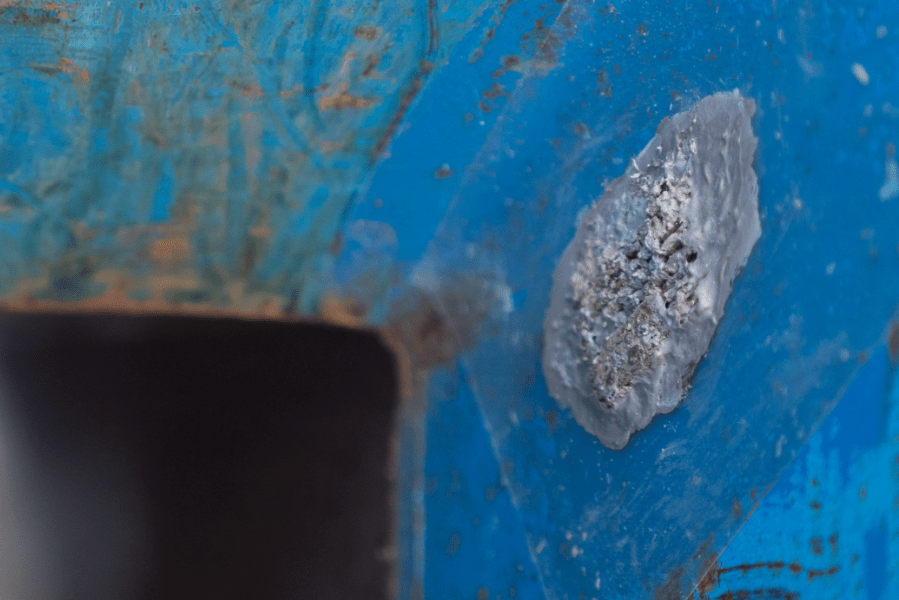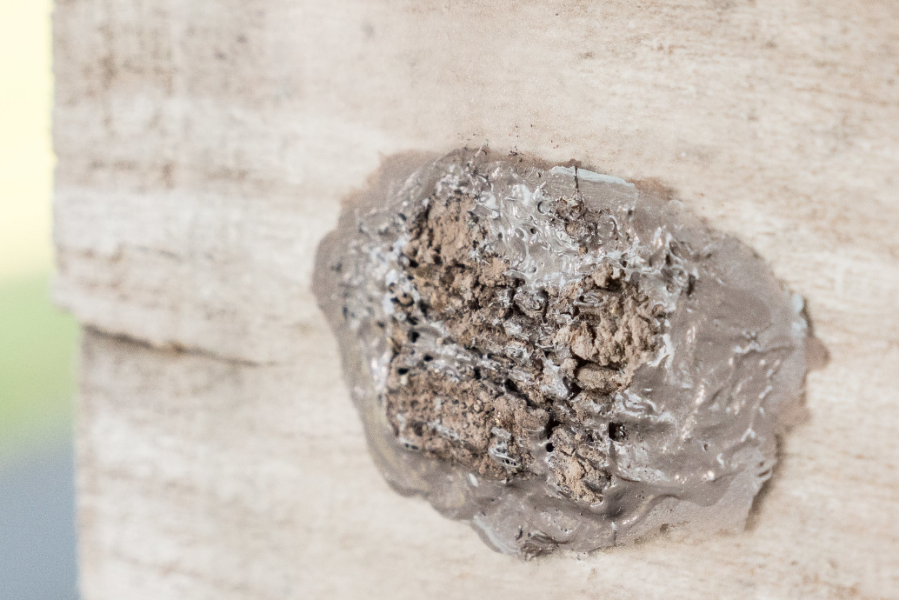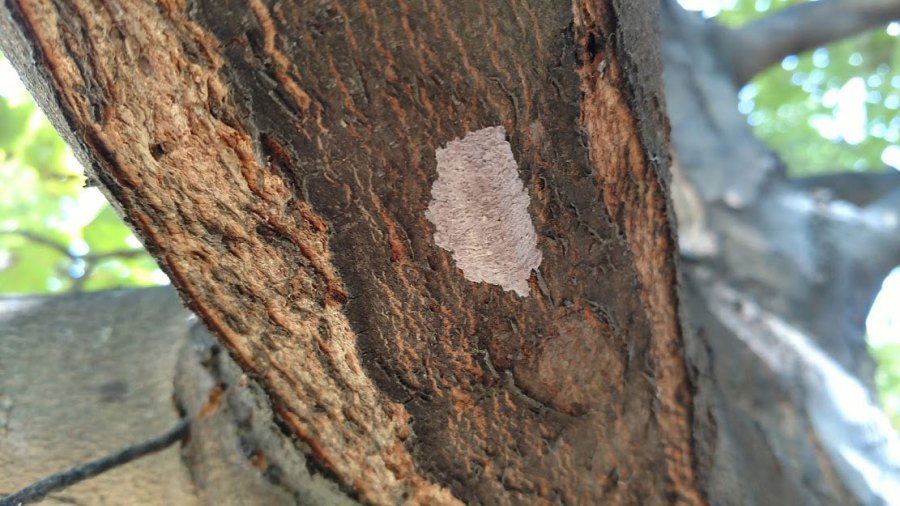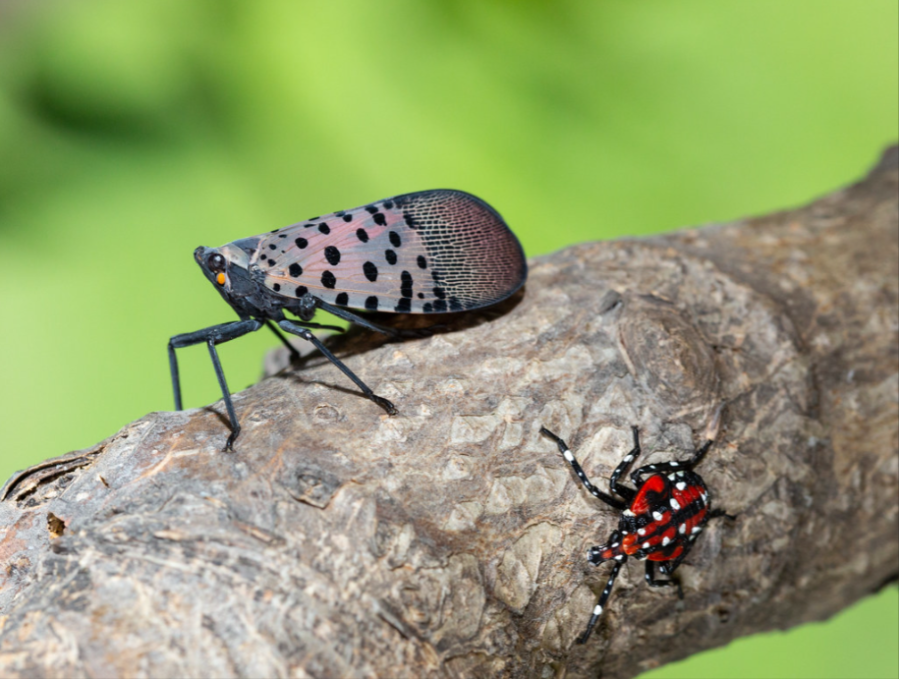COLUMBUS, Ohio (WCMH) – A state department is urging Ohio residents to check their patio furniture, grills and vehicles for the eggs of an invasive bug that will soon begin to hatch.
Eggs of the spotted lanternfly, an invasive insect that causes damage to a variety of plants, typically hatch in April or May. The bug begins to lay egg masses in September, which survive through the winter and contain about 30-50 eggs.
The director of the Ohio Department of Agriculture, Brian Baldridge, encouraged residents to take a look around their property for the eggs and to destroy any masses before they hatch.
“They’ll begin to hatch here shortly,” Baldridge said “If you’re out there looking on your buildings, your trees, your patio furniture, it’s kind of looking for this gray and tan mass, and we’re encouraging people to take a look around those areas and just scrape those off. And if you want to put them in some soapy water, it’s a good way to kind of make sure the eggs are destroyed.”
The bugs are known for laying eggs on any hard surface, which often also includes grills, vehicles, firewood, bikes, toys and trailers, according to the United States Department of Agriculture.
The bug is native to Asia and was first detected in the United States in Pennsylvania in 2014, likely being brought to the country by imported goods. The species has since spread to 18 states and was first confirmed in Ohio in Mingo Junction in 2020.
Twelve counties in the state are under quarantine for the spotted lanternfly, including Franklin, which marks the only quarantine in central Ohio. A quarantine means the state restricts and inspects the transportation of materials that could harbor the bug.
Baldrige encouraged residents who see the bug to kill it. The bug looks different throughout its life, with juvenile spotted lanternflies sporting black or red bodies with white spots and no wings. In their adult stage, they have a black body, as well as colorful red and gray wings with black markings.
“We tell people if you see one, please step on it,” Baldridge said. “What’s tough is they’re kind of hitchhikers. … So as you go to different areas and check your vehicles there could be one sitting on it. Knock it off and go ahead and step on it.”
The pest feeds on a variety of plants, including hops, hardwood trees and multiple different fruits. An invasive tree, known as the tree of heaven, is the primary host for the bugs. When the spotted lanternfly feeds, it excretes a sticky fluid that causes mold, further damaging plants, according to the USDA.
“They can be very damaging, especially to our vineyards,” Baldridge said. “They are very aggressive and can [have] a huge impact on these different plants.”
While the pest causes widespread damage to plants, it is not dangerous to humans or pets. The bug does not bite or sting and is generally considered non-toxic, according to Pennsylvania State University.
If a resident lives outside of a quarantined county and sees a spotted lanternfly, the ODA asks them to snap a photo and report the sighting on their website.

















